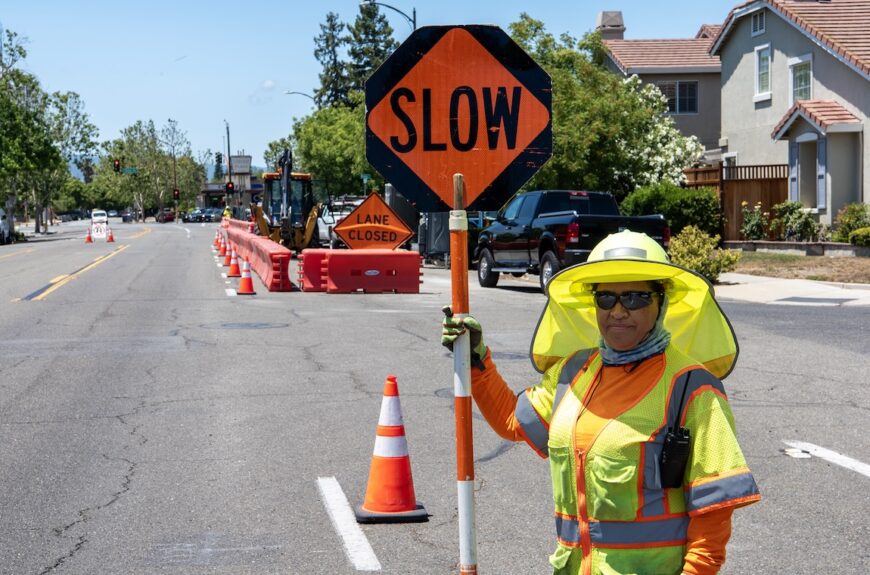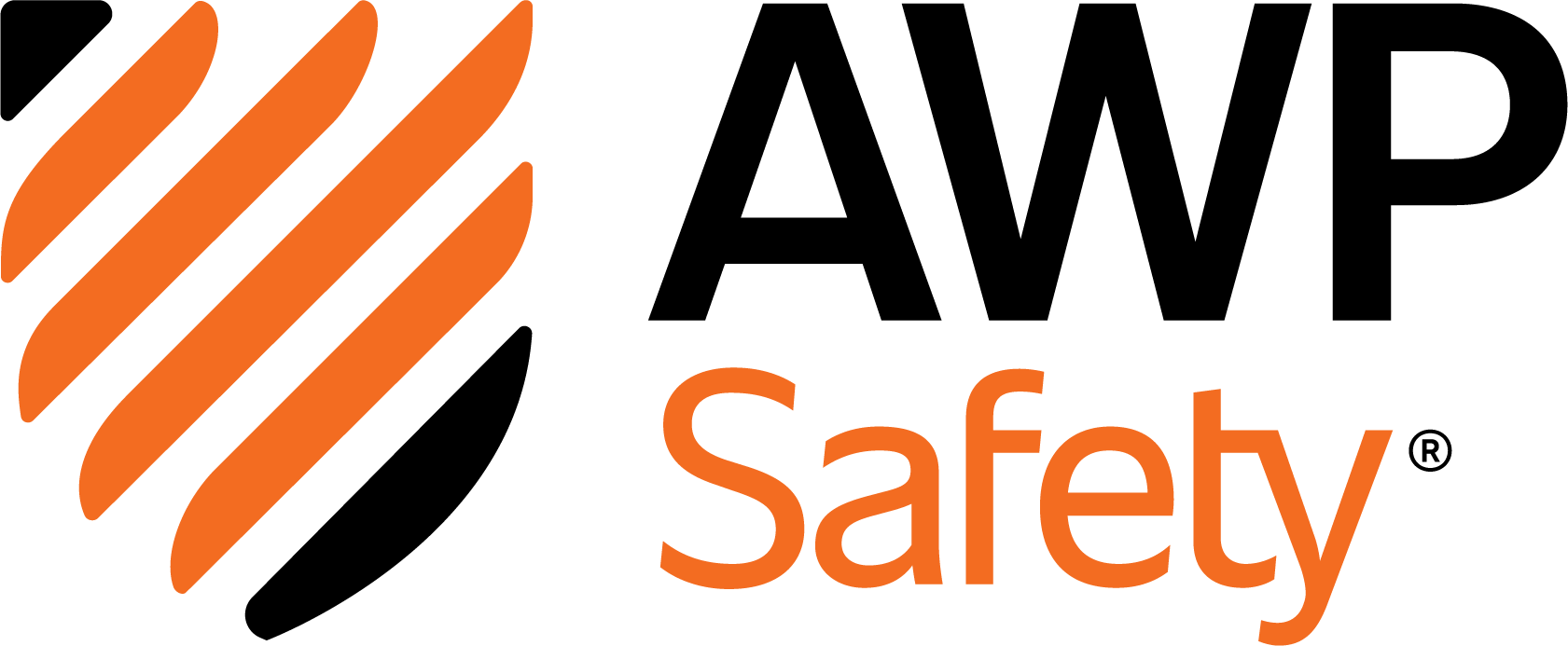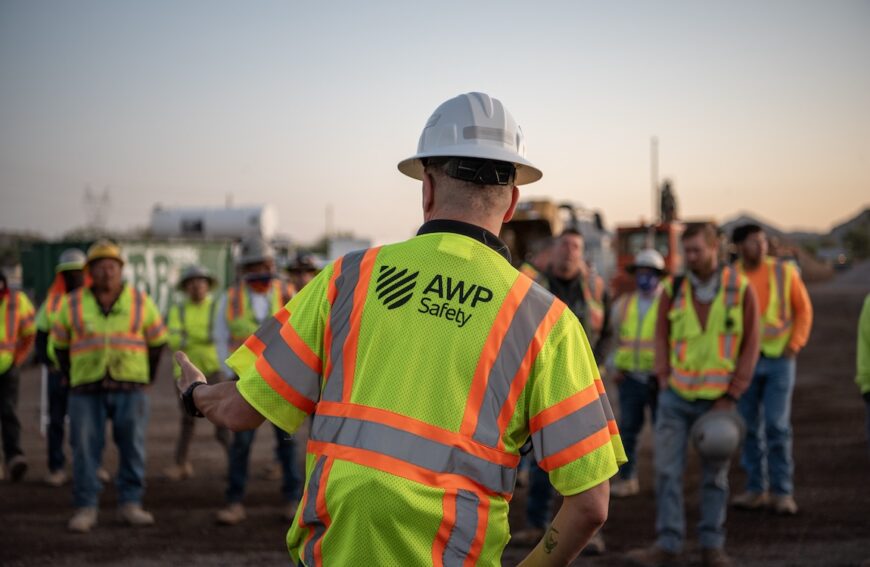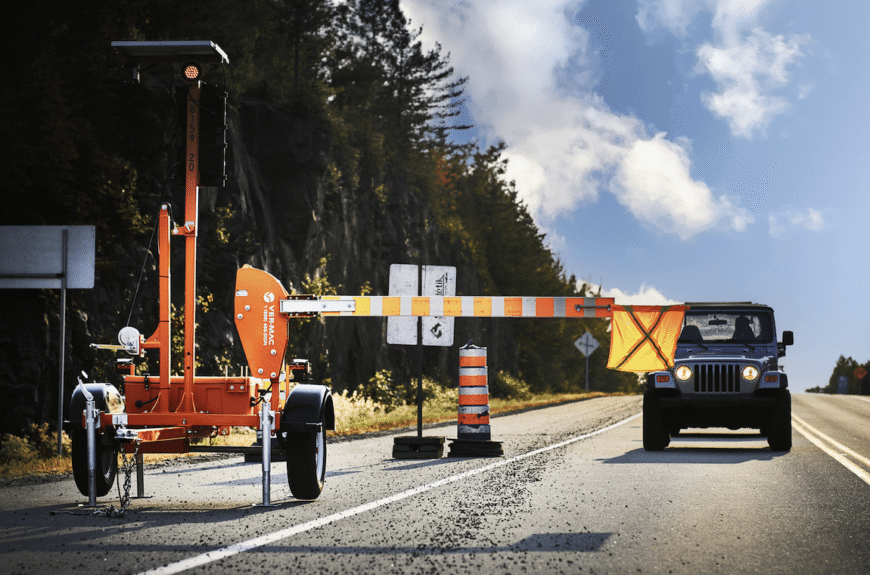
Traffic Control Planning: Preventing Safety Violations

Top Tips for Avoiding Work Zone Safety Violations
Safety in construction work zones is essential to keep everyone safe—workers, motorists, and the public. Unfortunately, safety violations happen all too often, leading to injuries, fatalities, project delays and extra spending. The good news? You can prevent these incidents and safeguard your bottom line by putting a strong traffic control plan in place.
At AWP Safety, we’ve seen it all. These are the work zone safety violations that crop up the most, and how to steer clear of them.
Improper Traffic Control Measures
Inadequate traffic control is the most common safety violation in construction work zones. Missing or poorly placed signage, cones or barriers can confuse motorists, significantly raising the risk of collisions with workers and equipment. Properly marking lane closures and detours is essential to ensure safety; without clear guidance, both drivers and workers are put in danger.
Prevention Tip:
Always begin by developing a traffic control plan that complies with local regulations and adheres to Manual on Uniform Traffic Control Devices (MUTCD) guidelines. Make sure to place signs well ahead of the work zone so drivers have enough time to react and use arrow boards or other visual cues to guide traffic safely through the area. Ensure trained personnel are responsible for installing, maintaining and updating traffic control devices as the project evolves. Regularly inspect the work zone to confirm that all measures are effective, properly placed and clearly visible to drivers, workers and pedestrians.
Lack of Visible Apparel
If workers are not wearing high-visibility clothing, the odds of being struck by a vehicle or piece of equipment increase significantly. It’s a no-brainer: giving them the proper gear is one of the simplest, yet most important, ways to keep everyone safe on the job.
Prevention Tip:
Workers should always wear high-visibility vests, jackets or other approved gear that meets safety standards for day and night work. The start of each shift is a great time to check during the Pre-Job Safety Briefing that everyone’s gear is up to standard, ensuring maximum protection and discernibility.
Failure to Maintain Safe Distances
Workers are often exposed to live traffic in construction work zones, where failing to maintain a safe buffer zone can lead to devastating accidents.
Prevention Tip:
To keep workers safe, set up buffer zones and barriers to separate them from traffic, as recommended by the MUTCD. Use concrete barriers, cones or crash attenuators for protection, and assign a trained flagger (a Protector) to control traffic movement through the area. All traffic control personnel should be certified in various essential programs including ATSSA Flagger Training, OSHA-required safety training, drug-free workplace training, defensive driver training, and state-specific temporary traffic control training.
Fall Hazards
Fall protection is frequently overlooked in elevated work zones, where workers face unguarded edges, open platforms or unfinished scaffolding posing a high risk of serious injury.
Prevention Tip:
Guardrails, safety nets and personal fall arrest systems should be used to prevent falls and protect workers at height. Give workers clear, hands-on training so they know how to use the equipment properly. Then, make a habit of checking it regularly to be sure it’s set up right and in good condition.
Inadequate Lighting
Poor lighting in construction zones at night makes accidents much more likely, making proper illumination crucial for keeping everyone safe.
Prevention Tip:
To stay within MUTCD standards, position trailered light towers to reduce glare for drivers and provide sufficient lighting for workers. Regular inspections of the equipment are essential, and any faulty lights should be replaced immediately to avoid safety risks.
Lack of Emergency Planning
Without a solid emergency response plan, construction workers can be caught off guard when accidents, equipment breakdowns or medical emergencies happen, increasing the potential severity of the situation.
Prevention Tip:
Create a thorough emergency plan that outlines escape routes, first aid stations and communication procedures. Train all employees on emergency response and hold frequent drills to make sure everyone is prepared and knows their role.
Building a Safety Program
Preventing safety violations in work zones begins with a traffic control plan that focuses on safety and adheres to local regulations. Regular training is a must, so consider scheduling refresher courses to keep workers aware of the latest safety practices, and make sure they consistently use their safety gear—from high-visibility vests to traffic control devices.
Partnering with a safety expert can help fine-tune your approach. A solid safety program means fewer accidents, less risk to your business and safer workers.
To learn more about how AWP Safety can help improve your work zones, contact your local sales representative, or request an estimate.



